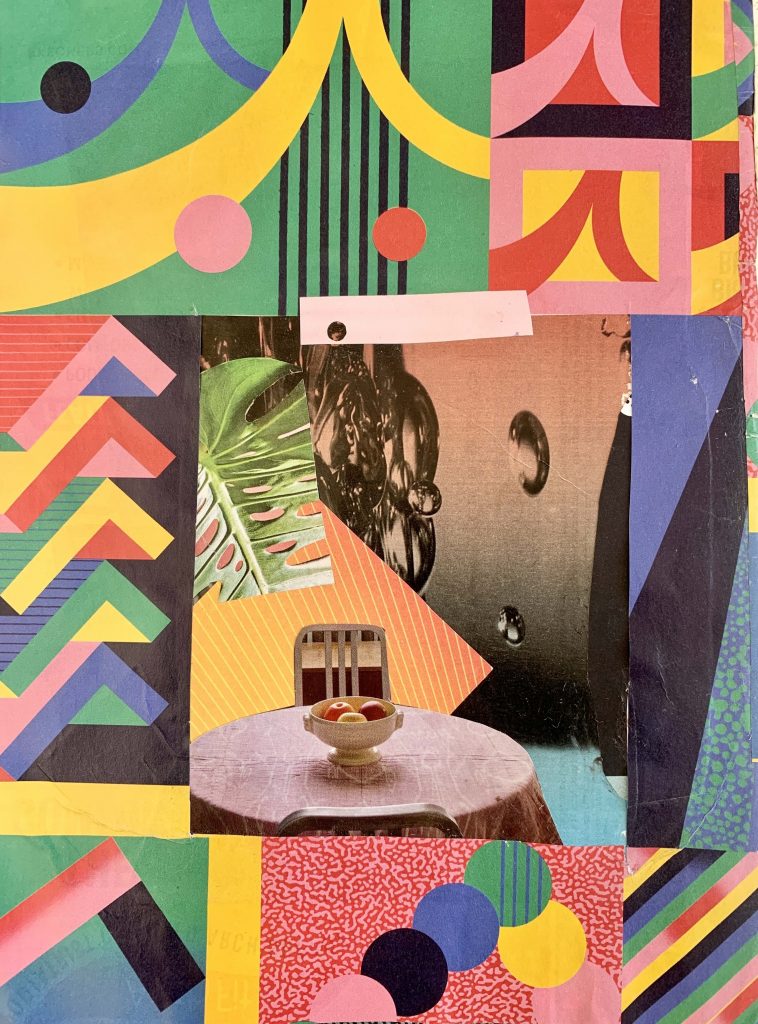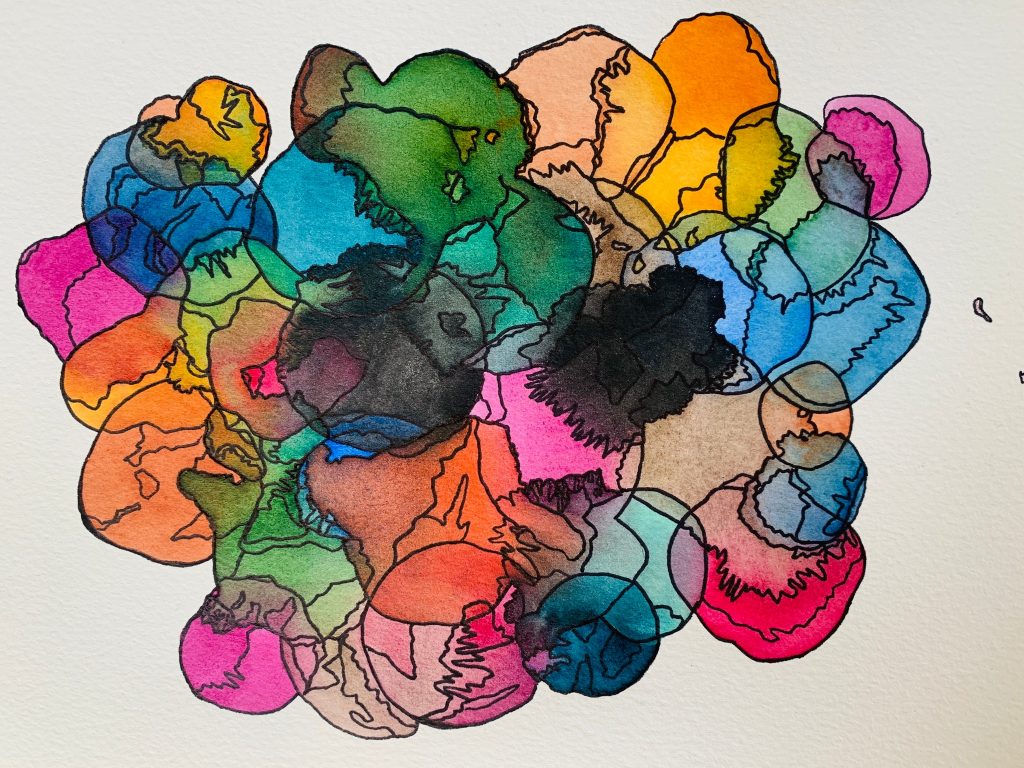May 7, 2024
The American Art Therapy Association represents a diversity of professionals, students, and organizations across the nation. We recognize and celebrate the work of our members at all levels through our Featured Member series.
We invite Featured Members to share their insights and experiences about their work, clients, and art therapy journey.
What inspires you most about your job right now?
I currently work as a fellow in an outpatient psychiatry clinic within a hospital setting. I am inspired by the opportunities to continually learn and stretch my clinical understanding given the diversity of patients we see through our doors–people of varying backgrounds, classes, ethnicities, sexualities and gender. The work within a hospital setting often includes referrals to other departments and I also appreciate how I can interface with different providers and see how their work fits alongside therapy. While my role isn’t explicitly art therapy, I use arts-based interventions through a DBT lens with some of my patients and am continually curious about the way I can grow and make the role my own within the natural constraints of a hospital system.
Has working with a particular client group shaped your professional focus or specialty?
“To see the way that art and metaphor held a patient’s experience, served as a mirror to build insight, and allowed them to work through challenges was a gift. The power of art therapy for adult populations is less known and I seek for this work to become more commonplace.”
— Devika Parmar
How did you get involved with AATA?
I first joined AATA at the encouragement of my professors at Loyola Marymount University while in my Masters program. My interest deepened after attending the 2023 Conference where I was surrounded by hundreds of other people who spoke the shared language of art. It was at this conference that I met other South Asian therapists – Jayashree George, Sangeeta Prasad, Bani Malhotra – and was more deeply able to imagine myself in this community of clinicians. I am excited about the growing diversity in our field, not just on the axis of race and ethnicity but also nationality, sexuality, gender, and more.
What are your hopes for the future of the art therapy profession?
I hold out the hope that our work continues to grow in legitimacy – both in the therapeutic nature of art-making and the ways that art can be clinically relevant for children and adults alike! Some of my most cherished art therapy work thus far was during my second practicum where I provided art therapy to adults ranging from 25 to 70 years old at Airport Marina Counseling Service in Los Angeles.
To see the way that art and metaphor held a patient’s experience, served as a mirror to build insight, and allowed them to work through challenges was a gift. The power of art therapy for adult populations is less known and I seek for this work to become more commonplace.

Anticipation, Collage
Devika Parmar
How have issues of race and diversity impacted your work as an art therapist?
Considerations of race and diversity – which translate to me as considerations of cultural systems and power dynamics – is central to my work as an art therapist. I recall the very first day of the Masters program when Dr. Louvenia Jackson spoke about her conceptualization of cultural humility, one component of which is advocating for our clients outside of the therapy container. As an art therapist, I put my energy towards that advocacy both in the hospital setting I work, ensuring that patients can get the care they need, as well as outside of work, where I volunteer with the Alliance of South Asians Taking Action (ASATA), to support on-the-ground efforts towards a more just and equitable world.
Facilitating Rangoli–an Indian art form–at LMU >

What advice would you give someone interested in pursuing a career in art therapy?
I recall a memorable meeting with my art therapy supervisor in the final semester of my program when she encouraged me to see art therapy not only as what we do with our patients but also as the lens through which we approach the work itself. When art therapy is difficult to practice within my work setting, can I still use the art to reflect about what’s evoked in me by my clients? Can I still maintain my identity as an artist and use it to build community? I found this messaging liberating as someone on the cusp of graduation: that I could still be an art therapist even if I wasn’t able to fully practice art therapy immediately after graduation. That I could find my way there and embrace art therapy at any point in my career in all sorts of ways.

Untitled, Watercolor
Devika Parmar
About Devika Parmar, AMFT (MA in Marital and Family Therapy with a concentration in Art Therapy)

Devika Parmar is an artist, art therapist, and associate marriage and family therapist residing in the San Francisco Bay Area. She received her MA in Marital and Family Therapy with a concentration in art therapy from Loyola Marymount University and currently works as an Associate Post-Masters Fellow at Kaiser Permanente in the Adult Psychiatry department.
She also runs a pop-up called everyday art club which serves to foster self-reflection and community through art-making. Prior to becoming an art therapist, Devika trained as a coach at a digital therapy startup, Joyable, and as a Group Facilitator for arts-based psychosocial support for survivors of trauma through First Aid Arts.

Fallen Leaves
Devika Parmar
